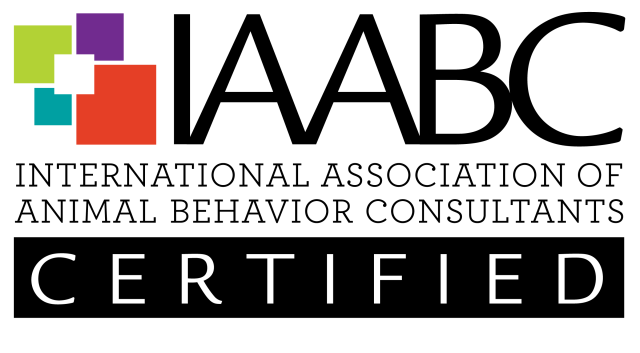
Vet visit prep and behavior help for dogs and cats.
Evidence-based, fear sensitive support that makes appointments calmer and home life safer. Portland and virtual.
Advocates for Animals, Allies for Owners.
Fear, stress, and aggression are medical and behavioral problems that deserve a plan. Fat Pibble combines clinical behavior training with cooperative care so pets learn consent-based handling, clinics feel supported, and families get practical steps that work. Start with a short intake, get a clear plan, and practice skills that make vet visits doable and daily life safer. We partner with Portland clinics and work virtually when travel is hard. If your pet struggles with exams, nail trims, or new people, you are not alone. Let’s lower stress and build reliable behaviors, one small win at a time.
James Strauss
CVT, CDBC, KPA-CTP, CPDT-KA, CBCC, UW-AAB
James Strauss is a veterinary technician, CDBC, CPDT-KA, and KPA-CTP who specializes in the intersection of medicine and behavior. With Fear Free Elite, Cat Friendly, and Low Stress Handling certifications, he focuses on cooperative care and patient advocacy. James holds degrees in biochemistry, veterinary technology, and paramedicine, is pursuing neurobiology and behavior, and completed the University of Washington’s Applied Animal Behavior program. He centers his work on fear and aggression, preventive behavior support, and better veterinary experiences for pets and teams.
What I Do
-

Behavior Consultations
• Veterinary and procedural phobias, clinics, transport, exams, and care tasks
• Reactivity and arousal, leash reactivity to dogs or people
• Anxiety and stress, noise sensitivity, and new environment stress
• Cooperative care, handling tolerance, muzzle conditioning, and consent cues
• Home care skills, medication, ear and eye care, bathing, brushing, harnessing
-

Preventive & Early Intervention
• Puppy foundations and socialization
• Behavior triage or second opinion
• Pre-adoption and post-adoption support
-

Veterinary & Shelter
• Case reviews and consults
• Handling protocols and cooperative care
• Staff workshops and CE
• Shelter triage, risk, and transfer planning
Frequently Asked Questions
-
I approach behavior through both a behavioral and veterinary lens. As a veterinary technician and certified behavior consultant, I don’t just look at what the behavior is, I look at why it’s happening. I consider medical, emotional, and environmental factors together. Every plan is rooted in evidence-based methods, cooperative care, and respect for both the dog and the human.
-
No. Aversive methods like prong or shock collars may stop behavior in the moment, but they increase fear, stress, and the risk of aggression. They damage trust, mask warning signs, and don’t address the real problem. I use humane, evidence-based methods that build safety and lasting behavior change.
Learn more about punishment here
-
Behavior is often the first sign that something is happening inside the body or mind. Changes in behavior can indicate fear, pain, stress, or medical issues. I treat behavior as part of the whole patient, not something separate. This means working collaboratively with veterinary teams, not in isolation from them.
-
Cooperative care teaches animals to be active participants in their own handling and medical procedures. This can mean things like willingly wearing a muzzle, stationing on a mat, or offering a chin rest during an exam. It builds trust, reduces fear, improves safety, and makes vet visits less stressful for everyone involved.
-
There are no quick fixes. The timeline depends on the behavior, the underlying factors, and how consistently the plan is followed. My job is to give you a clear, realistic roadmap, not false promises. Small, consistent changes over time create lasting results.
-
Yes. These cases are a significant part of my practice. I provide structured risk assessment, behavior modification plans, and support for both the animal and the humans involved. I focus on management, prevention, and skill-building rather than confrontation or suppression.
-
Absolutely. Many behavior issues have medical components or require sedation and handling plans. As a veterinary technician, I can bridge the gap between training and medicine to help ensure your dog’s physical and emotional needs are addressed together.
-
I don’t offer guarantees, because behavior involves living beings, not machines. What I can guarantee is a humane, evidence-based approach, a clear plan, honest communication, and support throughout the process. My goal is to help you and your dog succeed, not sell a quick fix.
-
While dogs make up the majority of my clients, I also support cats in cooperative care and behavior prevention contexts, particularly around veterinary handling and stress reduction.
-
Start with a fit call or initial consult. This gives us time to talk through your dog’s history, your goals, and determine the right level of support. You’ll leave that conversation with next steps, not a sales pitch.









